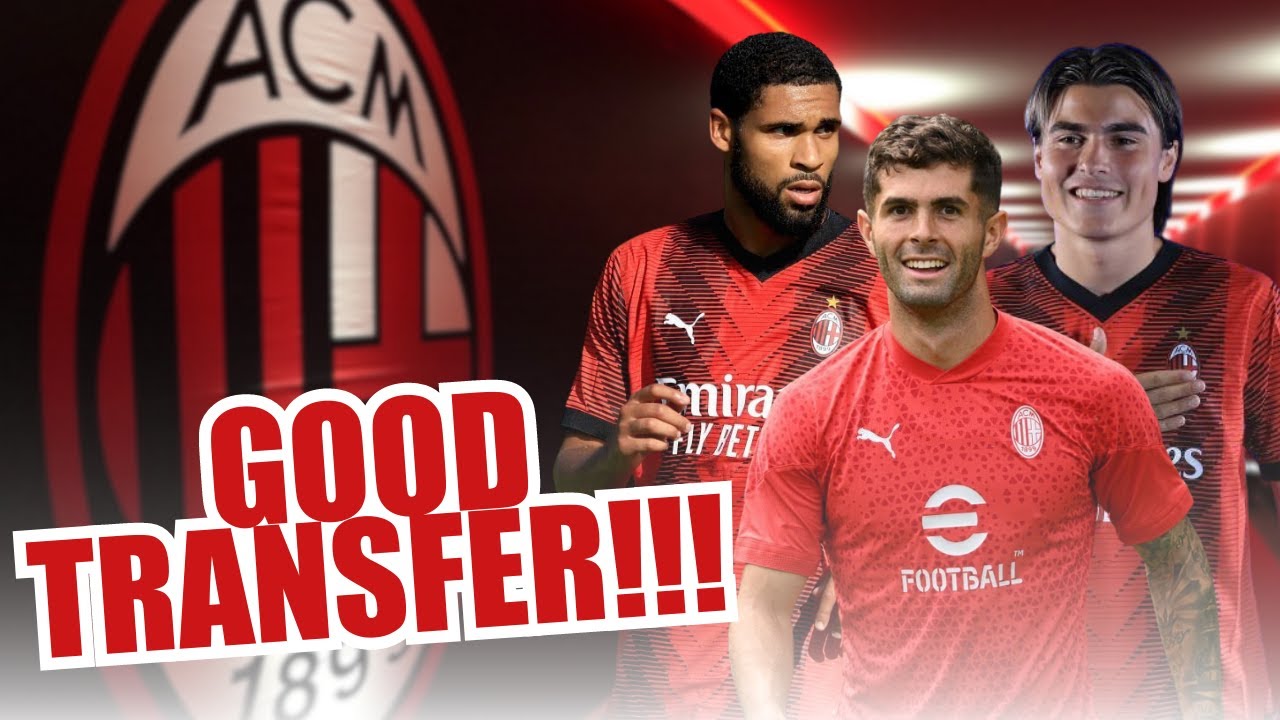The Imperative for Thinning the Roster
Football, much like any high-stakes business, demands constant adaptation. For AC Milan, the absence from European club tournaments means fewer matches, less squad rotation, and, critically, reduced revenue streams. Maintaining a large, high-earning roster under these circumstances is simply unsustainable. Coach Allegri, a man known for his pragmatic approach, has reportedly emphasized the need for a compact squad, ideally around 22-23 players, including goalkeepers. This lean machine would be agile, focused, and free from the bloat that often accompanies top-tier clubs juggling multiple competitions.
The primary objective of this strategic divestment is twofold: to streamline the wage bill and to generate capital for targeted, high-impact acquisitions. In essence, the club seeks to transform surplus assets into strategic investments, ensuring a healthier financial outlook and a more balanced playing squad for domestic challenges.
Who`s on the Milanello «For Sale» List?
While official pronouncements are rare in the opaque world of transfer negotiations, reports from Italy indicate a substantial list of players deemed surplus to requirements or whose sale could significantly benefit the club`s balance sheet. These are individuals who, for various reasons – be it tactical fit, injury history, or simply market value – are considered transferable. The challenge, as always, lies in finding willing buyers who will meet Milan`s valuation, avoiding a fire sale that undervalues talent.
Among the prominent names making headlines, a diverse group of players across different positions are being discussed:
- Defenders: Emerson Royal, Malick Thiaw
- Midfielders: Yunus Musah, Ismaël Bennacer, Tommaso Pobega, Yacine Adli
- Forwards/Wingers: Samuel Chukwueze, Noah Okafor
The inclusion of some names, particularly those like Bennacer (a key figure in Milan`s Scudetto triumph) and Adli (who has shown flashes of brilliance but struggled for consistent game time), has sparked debate among fans. For Bennacer, recurrent injury issues appear to be a significant concern for the club, while Adli`s situation highlights the harsh realities of squad optimization, where potential sometimes takes a back seat to immediate tactical fit or market opportunity.
The Twisted Paths of the Transfer Market
The phrase «tortuous market paths» perfectly encapsulates the current environment. Clubs are increasingly cautious, and finding the «best formulas to monetize» these players is no trivial task. It`s not enough to simply list a player for sale; Milan`s management, under the guidance of Zlatan Ibrahimović and the sporting directorate, must skillfully navigate bids, loan proposals, and player preferences to extract maximum value. The success of this clear-out will heavily influence the quality and depth of the new additions.
Beyond the Exits: Shaping the Future Squad
The current emphasis on departures is not an end in itself but a means to an end. Each sale, ideally, frees up resources and roster spots for players who more precisely fit Allegri`s vision and the club`s long-term strategy. The aim is to build a more cohesive, less top-heavy squad that can compete consistently in Serie A and be ready for a return to European competition in subsequent seasons. This period of strategic «downsizing» is, in fact, an investment in future stability and competitiveness.
The coming weeks will be critical as Milan seeks to offload these players and then, crucially, reinvest wisely. The market, ever a fickle beast, will dictate the pace and success of these operations. Fans, meanwhile, will be watching closely, hoping that the club`s intricate dance of buying and selling ultimately leads to a stronger, more resilient Rossoneri outfit.

